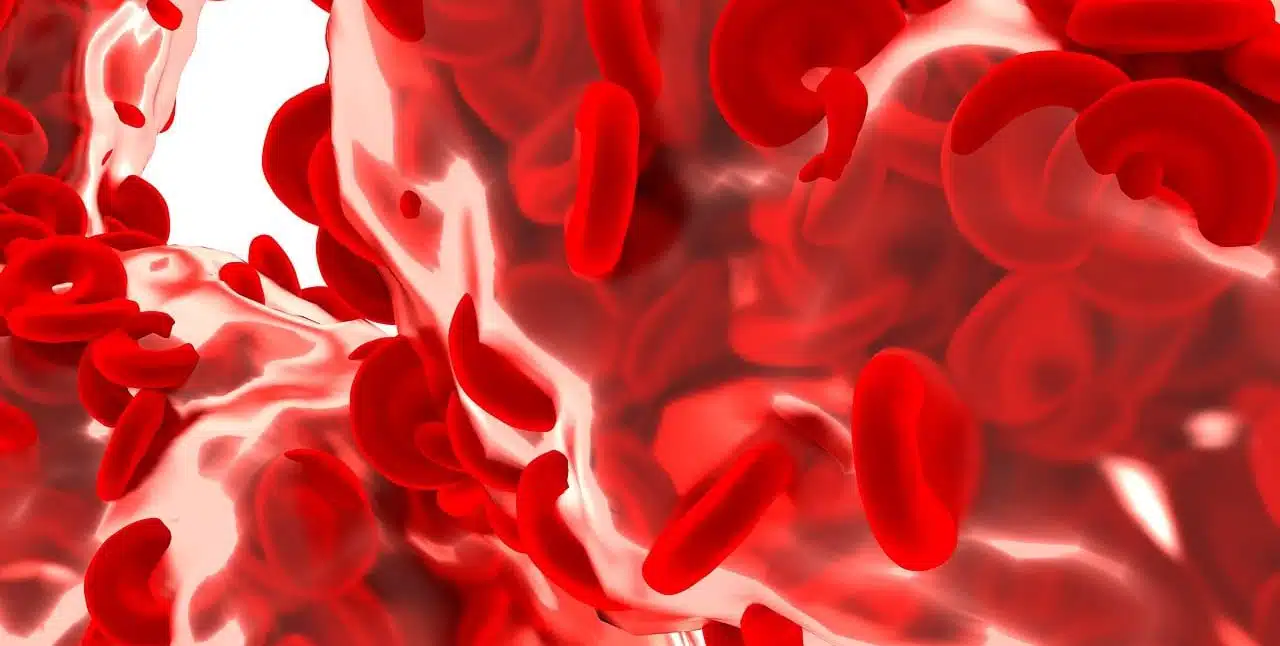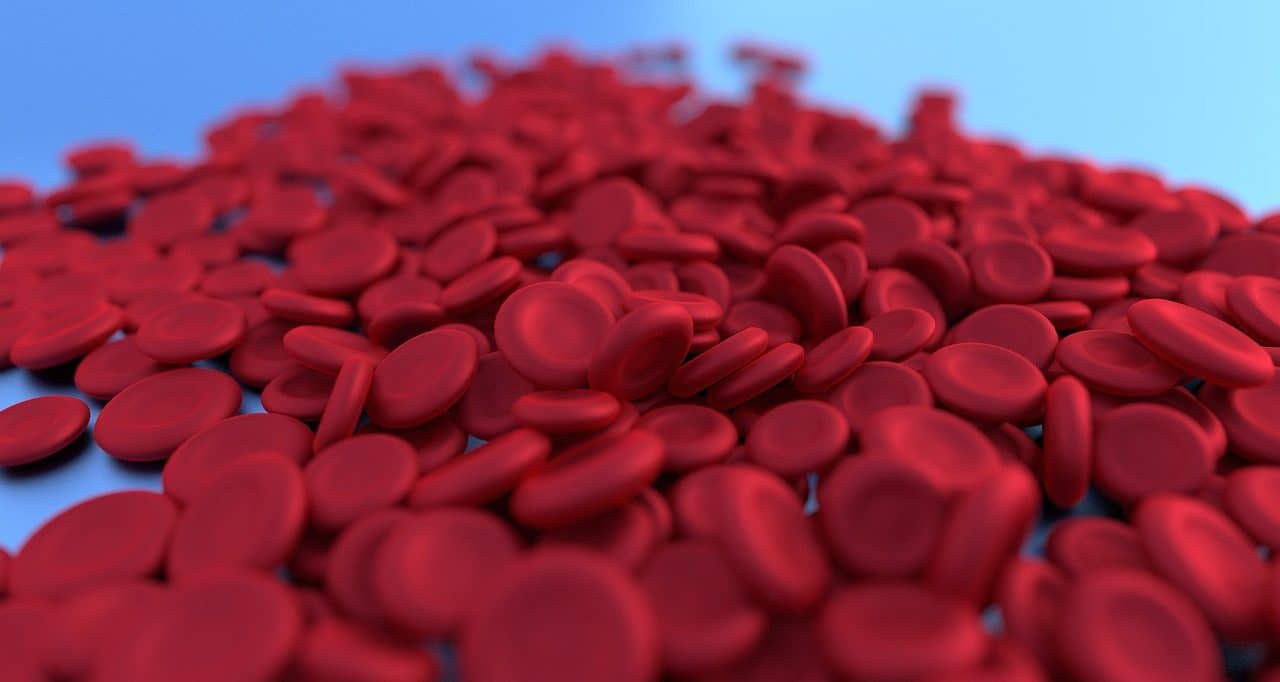
Hemoglobin is a protein present in the blood.
Hemoglobin is a protein present in the bloodstream that allows oxygen to be carried from the organs of the respiratory system to all regions and tissues. It is possible to identify hemoglobin as a heteroprotein since, according to experts, it is a conjugated protein (where it is possible to see a protein part called globin with a non-protein part known as a prosthetic group ).
It should be noted that hemoglobin is a reddish pigment that, when it comes into contact with oxygen, turns scarlet red (the typical color of blood in the arteries). When it loses oxygen, however, hemoglobin turns dark red, which is the color that characterizes the blood in the veins.
Two pairs of polypeptide chains make up hemoglobin, each linked to a heme group . The iron atoms in these sets allow them to bond, in an easy to reverse way, to an O2 molecule. When bound with oxygen , hemoglobin is called oxygenated hemoglobin or oxyhemoglobin . On the other hand, if it loses oxygen, it is called reduced hemoglobin .
Types of hemoglobin
It is possible to differentiate between different types of hemoglobin. Hemoglobin type A , also known as normal or adult hemoglobin, is made up of a pair of alpha globins and 2 beta globins. Hemoglobin A represents about 97% of the hemoglobin in an adult .
Hemoglobin A2 (2 alpha globins and the same amount of delta globins), for its part, represents less than 2.5% of the hemoglobin after birth.
Various pathologies also generate different types of hemoglobin or alterations in normal amounts. Hemoglobin S is present in some types of anemia, while glycated hemoglobin increases with diabetes.

There are various kinds of hemoglobins.
low blood level
To establish the amount of hemoglobin present in a person's blood and thus be able to detect if they suffer from any of the possible forms of anemia , the relevant analysis is performed, which can be included in a routine extraction. Although no type of preparation is necessary prior to the exam , it is essential to indicate to the professional on duty if you have received a transfusion in the course of the previous three months or if you have consumed nicotine minutes before, given that any of these situations can alter the level of hemoglobin.
One of the most common causes of a low level of hemoglobin in the blood is a poor, low-nutritious diet ; However, it can also be caused by not consuming enough iron, the presence of parasites in the intestines, bleeding caused by stomach ulcers or excessive menstruation, among other factors. A reason that exceeds a person's will is surgery , since a lot of blood is lost in this type of intervention. Some of the symptoms present in these cases are weakness and lack of energy to perform common and undemanding tasks, tachycardia and even heart failure.
Hemoglobin and the Bohr effect
The phenomenon by which pulmonary hemoglobin becomes oxygenated, with the consequent expulsion of oxygen present in the tissues, due to pCO2 and pH, is known as the Bohr effect . Muscles , which like other types of tissue metabolize rapidly, produce considerable volumes of carbon dioxide and hydrogen ions when they contract.
Hemoglobin has adapted to send oxygen where it is most needed, and has learned to act against accumulations of the two compounds just mentioned. When the amount of pH decreases, hemoglobin has a lower attraction to oxygen, so if it encounters an area where this decrease is occurring, it reacts by releasing it.
